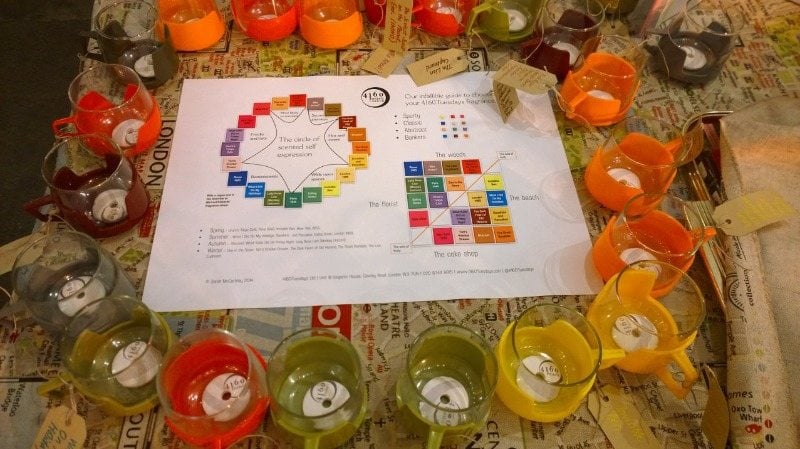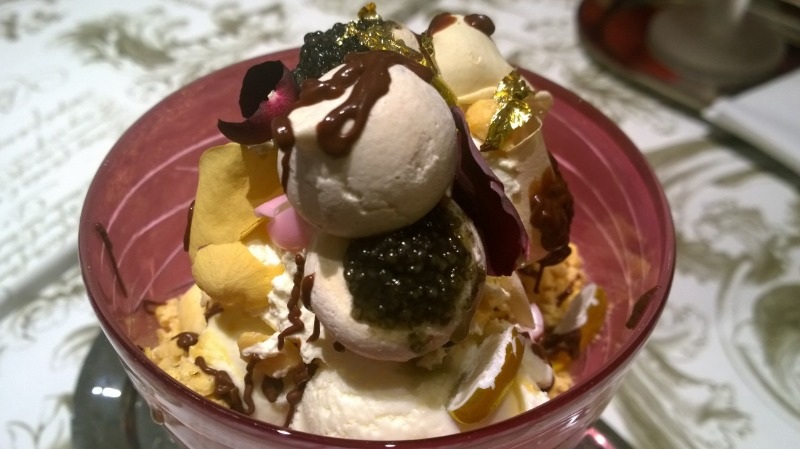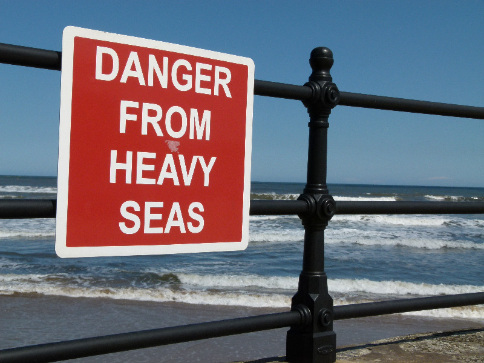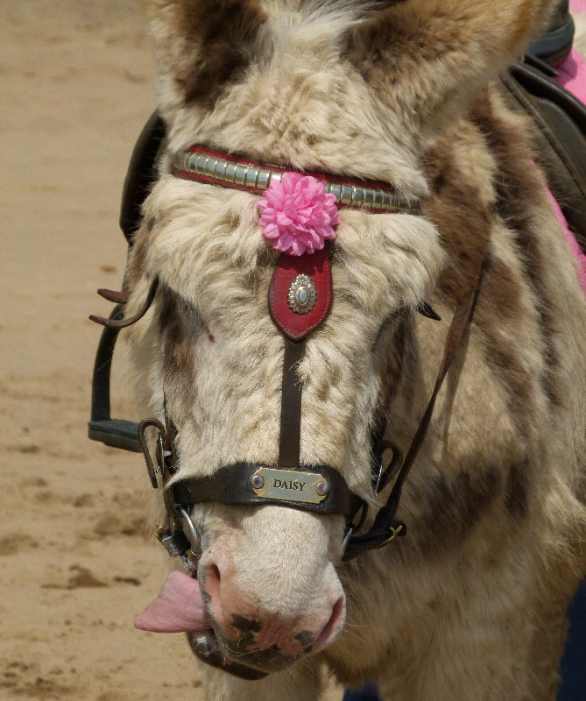9 Hot & cold, clean & dirty
Posted on
Cumin, and the cologne culture
This year I’ve used cumin for the first time in a perfume - Maxed Out. It gives the fragrance is very particular effect, and it’s not something you go pouring into your blend with lavish generosity. It has what perfumers call an “animalic” smell - something quite dirty. Then again, “dirty” in perfumery is often used as a compliment.
Cumin smells a bit like a sweaty body. It’s an essential oil made from the seeds, a spice also used in Eastern cooking.
Allow me to set the scene.
With Maxed Out, the cumin emerges slowly. I made this fragrance to evoke Max Heusler’s wild nights out New York in the early noughties. It opens with lime, coconut and rum, followed by cannabis and tobacco. It runs through soft musks and vanilla then descends to Atlas cedarwood, cumin and coffee. Watch Max’s YouTube video to understand better - we described the notes as rum cocktails, marijuana cigars, high-class escorts, blackout and regret. I added coffee because I thought he would need it..
Around eight hours afters spraying on Maxed Out, you start to smell as if you need to get out of bed, go home and have a shower. This is what he wanted, honest.
You see why I needed to add the cumin. But not much.
I’d imagined that Maxed Out would appeal only to Max himself and a very tiny number of fragrance fanatics, but it’s going down so well that I’ve had to make another three litres on top of the original one. Men like it, women like it, and the next test is my friend Siobhan’s dog, Ralph, the ultimate arbiter of a successful 4160Tuesdays fragrance.
So much for dirty; what about clean?
To back up this next assertion, I‘d have to get hold of market data that I can’t afford. I might be back with stats.
But I’m pretty sure that there’s a correlation between distance from the equator and perfume use. The hotter the country you grew up in, the more likely you are to use fragrance to help you smell good. This also correlates with the scarcity and cost of clean water. I do know that the Dubai airport duty free shop sells $1,000,000 of fragrance a day.
There’s also the northern cultural judgement that associates cleanliness with godliness. In cold countries you have to prove your worth by denouncing frivolity and lipstick, scrubbing up clean, buttoning your shirt to the top and smelling of nothing at all.
Perfume is for tarty temptresses “up to no good”, as my gran used to say. “Jezebel!” she’d add.
Canada, northern USA, Scandinavia and Japan – places with lakes, rivers and a lot of snow – are the countries where citizens take most offense at a well perfumed passer by. France and Italy were always more relaxed. Going out out? Well throw on some Eau Sauvage and a clean white shirt.
In colder countries perfume has historically been seen as a sensual vulgarity: warning of vanity, flamboyance, and sexual availability. No decent woman would wear scent, and only a beau dandy of a man would soak himself in cologne.
More than that, we’re encouraged to scrub off and wash away natural the smell of skin. Since the 1950s, we’ve been encouraged to smell like clean laundry; since the 1990s we’ve been pursuing the scent of water.
In cold climates we’re not really supposed to enjoy the smell of a stranger’s body. It’s too intimate, too inviting.
Around the Mediterranean and the Gulf of Arabia, where water is precious and temperatures tortuous, a refreshing blend of rose, woods, lemons, jasmine and balsams, topped up regularly, will get you through the day.
Here, closer to the equator, you’d need several showers a day to stay as squeaky clean as a cold climate dweller, and you just can’t have them. Water use is profligate and selfish. Perfume is essential. The scent of warm skin mingles with fragrance and the gentle waft is entrancing. I was brought up in the cold, northern culture, to think this was was something to be ashamed of, not delighted in.
"The great unwashed" was insult directed at the poor. "Perfumed" was an insult for the vain and stupid.
However did I loosen these shackles and turn into a perfumer?
Last week, I spent a day at an EU conference on regulations where I talked to a German chemist. He told me that the least green thing you can possibly put in your bath is hot water. No amount of synthetic or natural scent, colours or bubbles can make up for the damage we do by heating the water with fossil fuels.
So, as well as subsidised solar panels and more wind farms, perhaps it’s time for the return of the stand-up wash and a splash of cologne.
When heated water was still a luxury in the UK, lots of us got by with a basin of water, a bar of soap and a flannel. When I’m running late in the morning (which is often) I save time, water and fuel by doing the stand-up wash. Fortunately – yoga – I can easily get my feet (one at a time) into the wash basin. I spritz on the Eau de Toilette version of Invisible Ben, which I’m going to reintroduce any moment now because I love it: lime, orange, woods, balsams, cognac and coffee – a modern dandy’s cologne.
From where I’m sniffing, there’s nothing wrong with the scent of skin, particularly when it’s blended with a beautiful perfume.
For Maxed Out, I was aiming for man’s skin blending with a high class escort’s soft musk perfume. The cumin, combined with Atlas Cedarwood did the trick. For Invisible Ben it was a citrus topping to a fit body, fresh from the squash courts. Different, but along the same lines. Human, personal, close and pleasing.
PS In the UK, with our falling water levels, houses built on flood planes, climate change, paved gardens, playing fields converted to supermarket carparks, we’re going to have to get used to using less water. Heating less of it saves money as well as the planet.
In France and further south, water use in Europe is already heavily restricted. Beyond the Mediterranean it is a luxury.
At the last count 85% of UK energy use is from non-renewable sources. Encouraging us to use lavish amounts of hot water every day is essential for the multinational energy companies’ profits. Think on.




